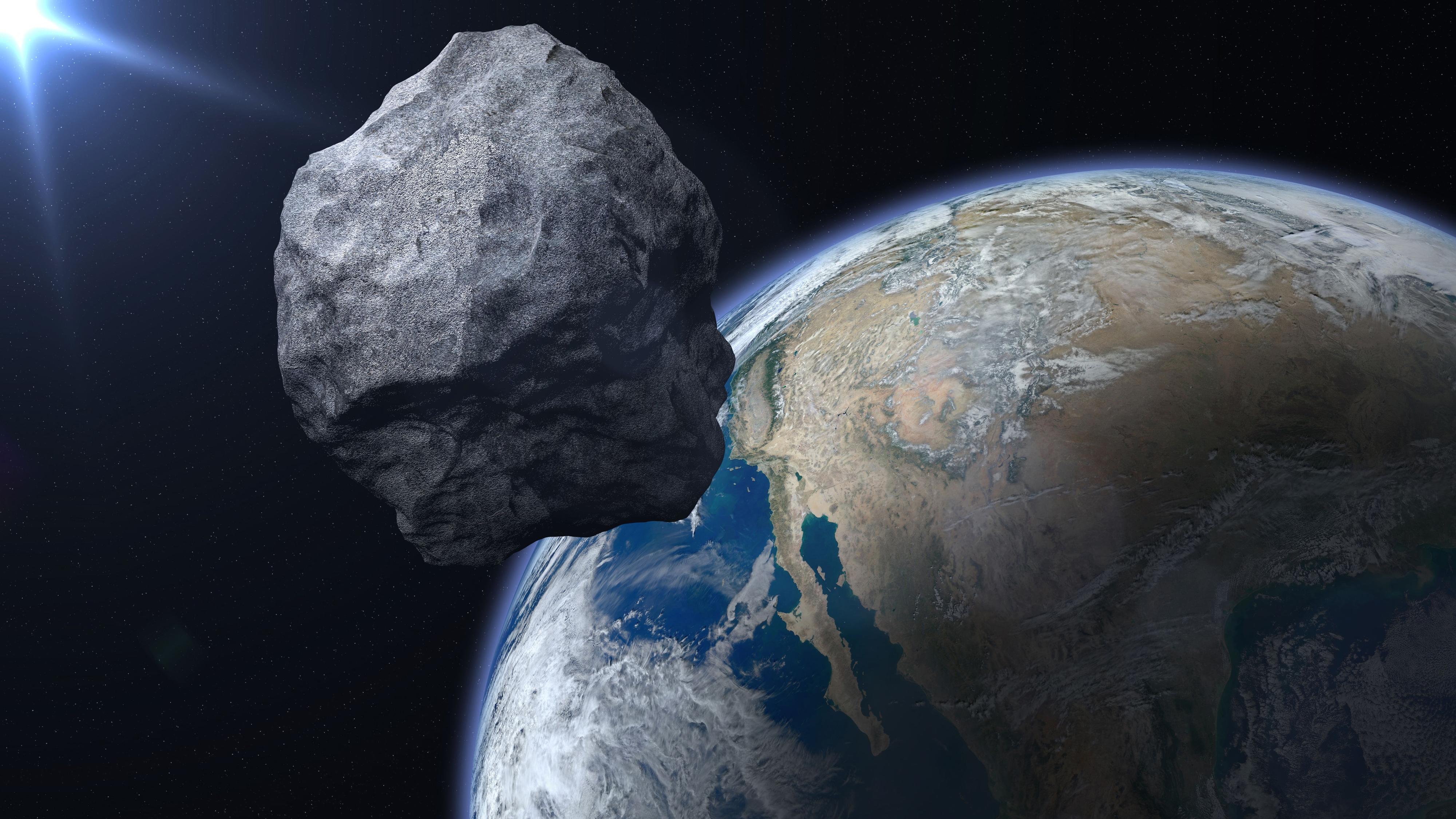This is a mini-moon that will accompany the Earth for two months.

The Earth has a second natural satellite:2024 PT5′. This is a small asteroid with a diameter of about 11 meters, temporarily captured by Earth’s gravity, to which it will be attached until November 25th.
“This is an asteroid that was captured by Earth’s gravity on September 29 and will accompany our planet for almost two months, gravitationally bound, until it continues its path through the solar system,” he explains to RTVE.is. Jose Maria Madiedoastronomer at the Institute of Astrophysics of Andalusia.
Thus, “2024 PT5” will not be permanently captured by the gravity of planet Earth, as is the case with the Moon. This fact is due to the fact that our planetary system, like any other, is based on the balance of gravitational forces. “We must keep in mind that in the solar system objects interact with each other. In this case, this will be the case with the Earth, because it will approach us, but due to gravitational interaction with other objects of the solar system. Its orbit will change, which will later cause this object to no longer be attached to the Earth,” Madiedo illustrates.
From Arjuna’s belt
2024 PT5 will remain near Earth for almost 57 days before regaining its heliocentric trajectory. Although its size may seem small, This is the largest “mini-moon” known to date.. According to the specialized website Space.com. Carlos de la Fuente MarcosProfessor at the Complutense University of Madrid, the object belongs to the Arjuna asteroid belt, “a secondary belt formed by space rocks that follow orbits very similar to those of the Earth, at an average distance from the Sun of about 150 million kilometers.”
Objects in this belt “are part of the population of asteroids and comets of near-Earth objects,” continues De la Fuente Marcos, specifying that These gravitational capture events are quite common.. “Some objects in the Arjuna asteroid belt may approach Earth at close distances – about 4.5 million kilometers and at relatively low speeds – less than 3540 km/h,” he points out.
Over the nearly two months that it will accompany Earth, the average distance between the asteroid and our planet will be 0.0250 astronomical units (just over 3.7 million kilometers), which is “much greater than what separates us from the Moon, so there is a risk of impact no,” reassures the professor at the Complutense University of Madrid.
In the same spirit, an astronomer from the Institute of Astrophysics of Andalusia Jose Maria Madiedo agrees that “it would pose absolutely no danger to Earth” and rules out “any type of collision or situation that could create a danger.”
Discovered less than two months ago
Another issue that may be surprising is that the asteroid was discovered less than two months ago, on August 7th. Although this does not surprise astronomers at all. “It’s not surprising that it was discovered so late,” Madiedo says, pointing out that “space is very large, and although objects orbiting the solar system can be observed, not all of them are known.” “There are some that are very small and are only detected when they are a relatively short distance from Earth.”“,” he adds, referring to “2024 PT5.” Moreover, as he gets down to detail, these objects “reflect very little light because they are so dark.” “It’s like a very dark mirror, which makes them harder to see,” he concludes.
Episodes of gravitational capture can be of two types depending on their duration. Short – days, weeks or several months, and the object does not complete a full revolution around the Earth. This is the case of “2024 PT5”.
Long ones can last one or several years, and the object makes one or more revolutions around the Earth’s orbit, as did asteroids 2006 RH120 and 2020 CD3.
In general, objects experiencing such episodes do so periodically. Thus, “2024 PT5” will “become mini moon for a short period in 2055 and probably in 2084,” the astronomer predicts. Carlos de la Fuente Marcos.